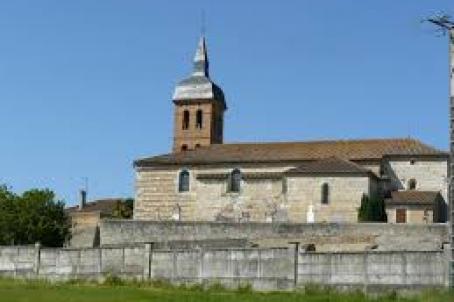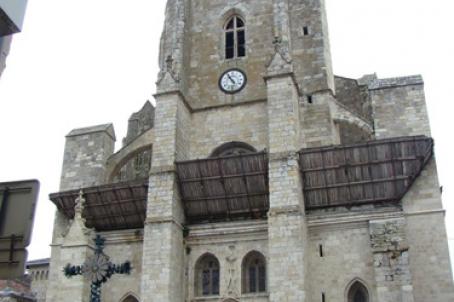Agen Cathedral
Tradition has it that a church in homage to Saint Caprais was built at the beginning of the 5th century by Bishop Saint Dulcid who allegedly transported the relics of the martyrs there. A basilica dedicated to Saint Caprais probably existed in 580. After being cleared again in December 1561, during the Wars of Religion, the collegiate church of Saint-Caprais became a fodder store in 1791 before being reopened in 1796 and becoming the official cathedral of Agen, after the destruction of the old Saint-Étienne cathedral during the Revolution. It was elevated to the rank of a cathedral in 1802.





